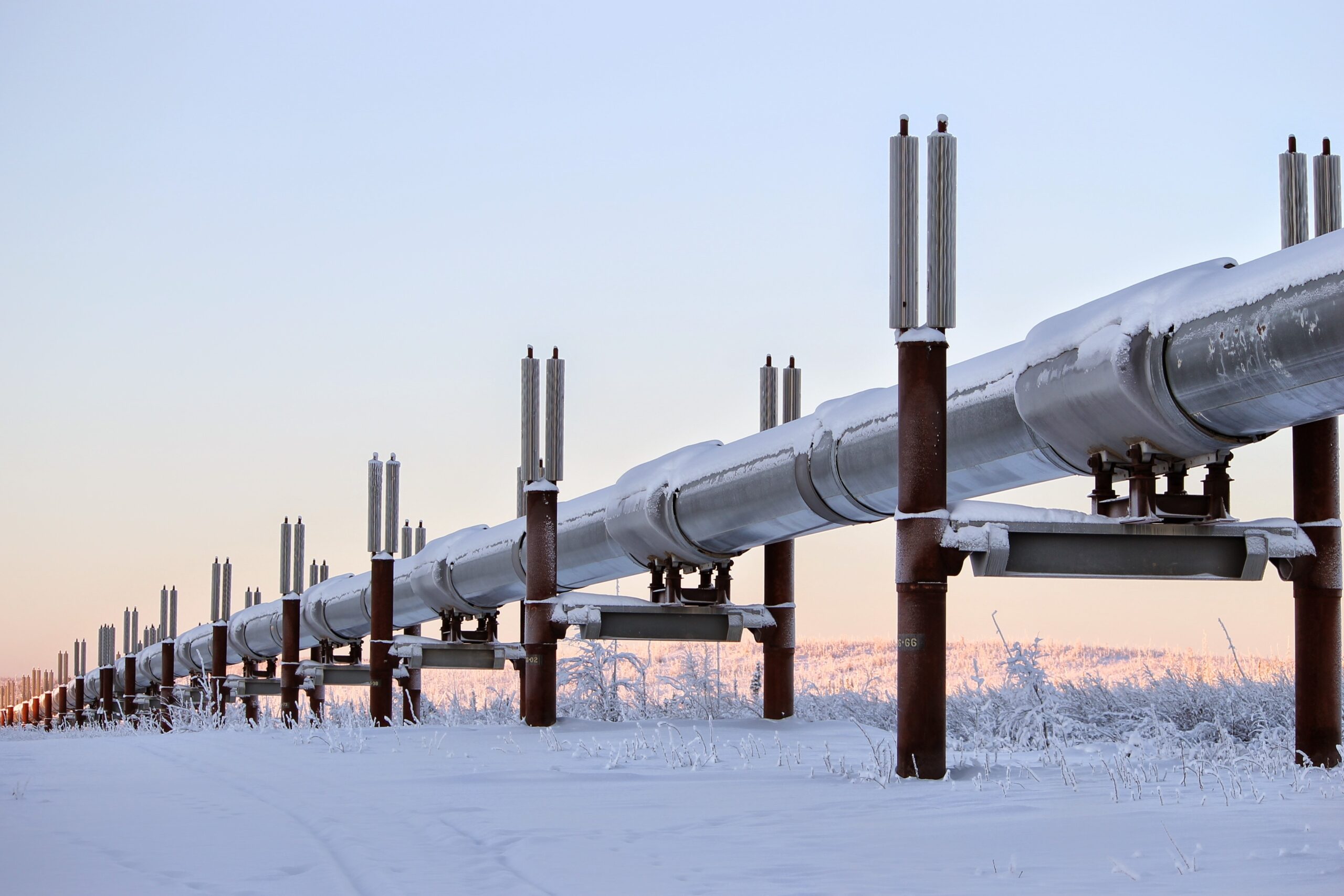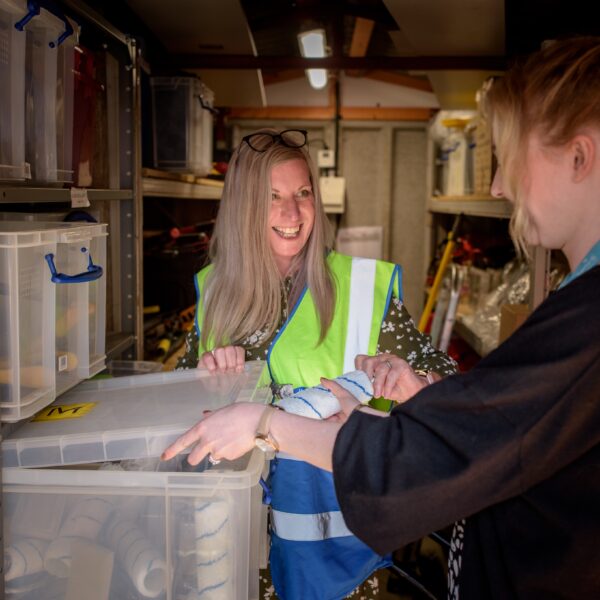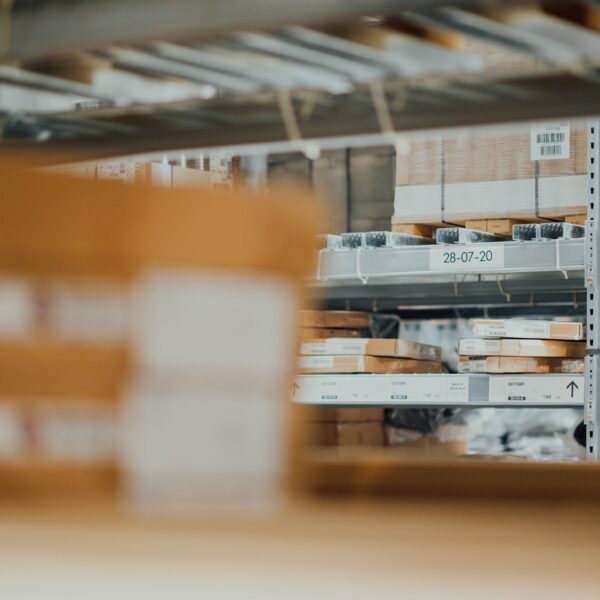Line stopping, also known as line plugging, is a technique carried out on pipelines to isolate and shut off a certain portion of the system without shutting down the entire system.
You can imagine this technique as a temporary valve to stop product flow while the system is fully operational until the necessary modification or repair is done on the line.
It is a cost-effective and environmentally-friendly procedure to bypass product flow while carrying out repairs or replacements on an obsolete or faulty section of the pipeline (This is in the assumption that a competent line stopping company is handling the operation).
How it Works
In a line stopping procedure, a prior hot tap is done on the line. Then a line stopper is connected to a temporary gate valve. Next, the line stopper is pushed mechanically or hydraulically into the pipeline to seal it off. Once the modification or repair is done on the pipeline, the line stop will be removed while a flange will be attached to the stop sleeve.
Several stopping heads exist today and they are used for different purposes. For instance, the HTP is the high temperature and high-pressure stopping method that is designed to stop product flow in pipelines that operate at high temperatures and pressures that all other methods cannot stop safely.
Just one stop can effectively stop product flow in a pipeline while a combination of more stops can isolate intersecting lines in a system at the same time.
Common Applications
Here are some of the services where line stopping services can be used in a pipeline:
- Shutdown prevention.
- Tie-ins for new construction.
- Valve installations.
- Pipe inspection.
- Thermowell insertion.
- Construction of a new pipeline.
- Installing a by-pass piping system.
- Flowmeter orifice taps.
- Vacuum and pressure installation.
- Flowmeter installation.
- Sample points for quality control.
Suitable Pipeline Media
Here are some of the common pipeline media suitable for pipeline stopping:
- Process Chemicals
- Compressed Air
- Petroleum Products
- Condensate
- Natural Gas
- Heating Systems
- Potable Water
- Recycled Water
- Sewage
- Hot and Cold Water Service
- Glycol
Why Should You Choose Line Stopping?
When it comes to pipeline repairs, there are different techniques one may employ to get the job done. However, one primary reason why companies choose line stopping is that with this method, regular services in the pipe and the system can go on with minimal to no disruption.
Here are some other benefits of using this technique:
- There is minimal to no loss of hazardous gases or liquids.
- The chances of contamination to the product in the pipe is minimized.
- It is suitable for a wide range of liquid, gaseous, and compressed air products.
- It is designed for sprinkler systems, hydrants, and fire protection.
- Zero backfilling or drain downtime.
Hot Tapping vs Line Stopping
Differences
Hot tapping is a term derived from two aspects of its procedure. ‘Hot’ is from the phrase ‘hot work’, while ‘tapping’ is from the phrase ‘precise drilling’ referred to as tapping. Hot work is a general term in the industry that refers to spark-producing techniques like portable grinders, welding, burning torches, etc. Tapping simply means using hot tapping machines to cut out a section of a pipe wall.
Hot tapping can be done on ductile iron, cast iron, mild steel, reinforced concrete, and plastic.
The typical connections in hot tapping include:
- A machine for hot tapping that includes a cutter and housing.
- Tapping fittings like split tees which are used to branch the main pipe.
- Isolation valve such as ball valve or gate valve.
Line stopping, on the other hand, is more flexible and allows more complex modifications and repairs to the pipeline. It also employs a different machine to get it done. Like we explained earlier, this technique uses plugging heads, bypass lines, and stops to allow full operation of the facility during the modifications.
This technique uses a hot tap machine and a hydraulic or mechanical actuator to stop the flow. It also uses special valves known as sandwich valves.
Click here to learn about hot tap safety.
Similarities
Both of these services require a well-trained crew who have the experience and right equipment to execute the procedures safely and quickly on pressure vessels.
In the first place, the preparation required has to be thorough and detailed or there may be mistakes leading to injuries and fatalities in some rare and extreme cases. Hence, the need to follow standard operating procedures and adhere to safety and quality control protocols.
Nonetheless, as technological advancements keep increasing concerning these procedures, safety and reliability also increase.
With that being said, these two techniques are not only cost-effective, but they are also environmentally-friendly. And their environmental benefit is seen in the relatively lower emissions when compared to cold shutdown procedures.
Even if shutdowns didn’t pose environmental risks, the high costs of having to schedule and eventually carry one out, the consequent reduction in product supply to customers, and the increased risk that employees are exposed to, makes it easy to see that hot tapping and line stopping are better practices that have come to stay.
Conclusion
Line stopping is a technique that is employed when repairs or changes need to be done on certain portions of a pipeline. It is commonly used because such modifications can go on without having to stop operations completely. It leaves a dead yet workable section for the modifications while the regular operation continues on the rest of the line.
This procedure can be done on pipelines with diameters within the range of ¾ inches to 80 inches. It can also be done on practically any kind of pipe – from under pressured to overpressured lines.
Some of the pipe materials that it is performed on include cast iron, steel, copper, stainless steel, asbestos cement, ductile iron, HDPE, and PVC.
When it comes to pipeline maintenance line stopping is often mentioned alongside another common procedure, hot tapping. Although they are different, these procedures are similar in different ways. Both are fast becoming strong alternatives to the infamous complete shutdown because they are cost-effective and environmentally-friendly.





Like this article? Share with your friends!